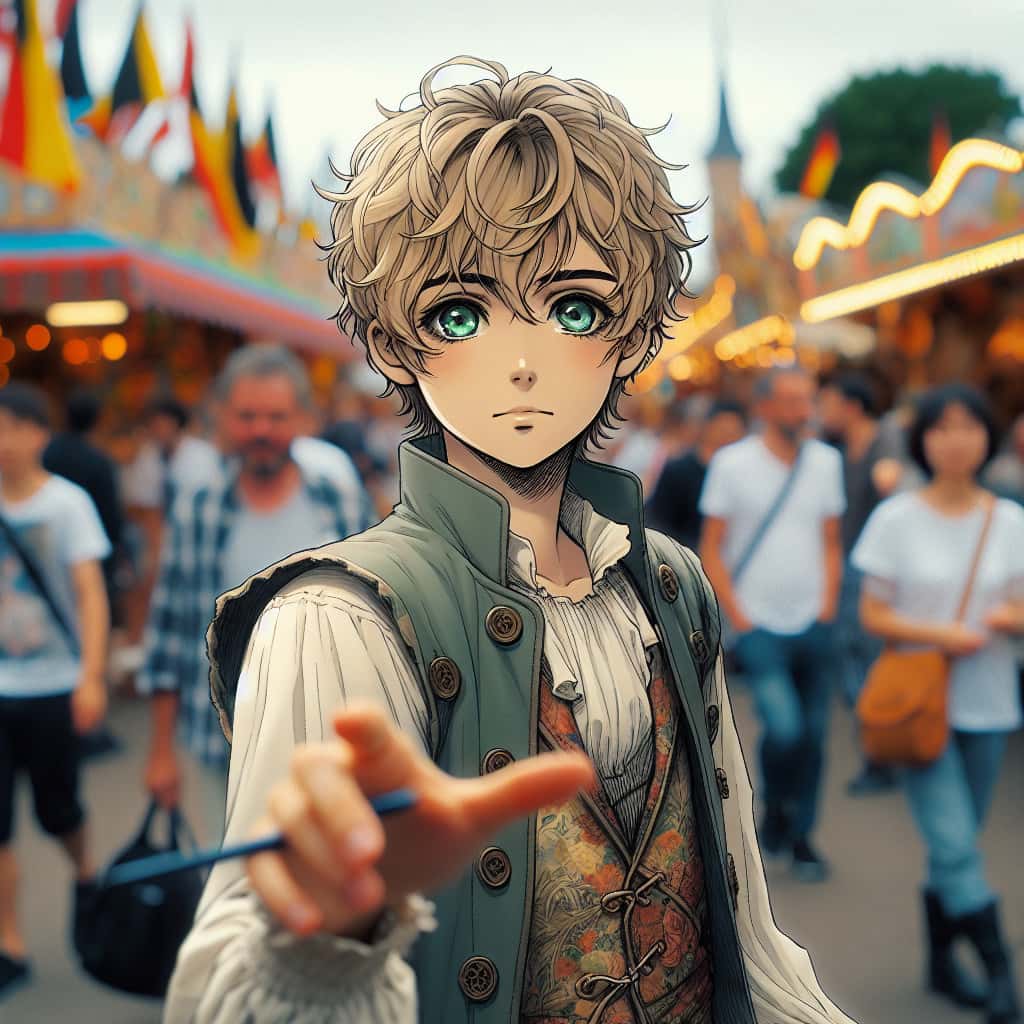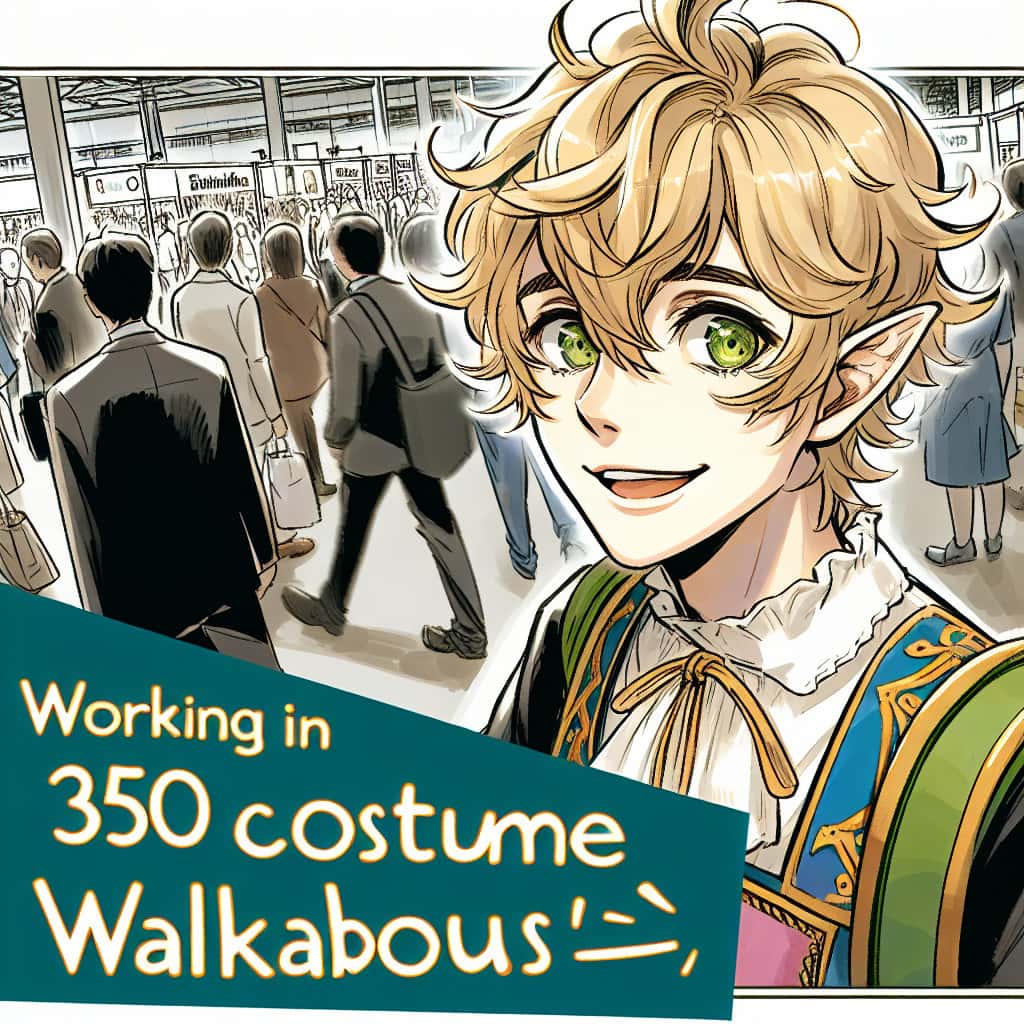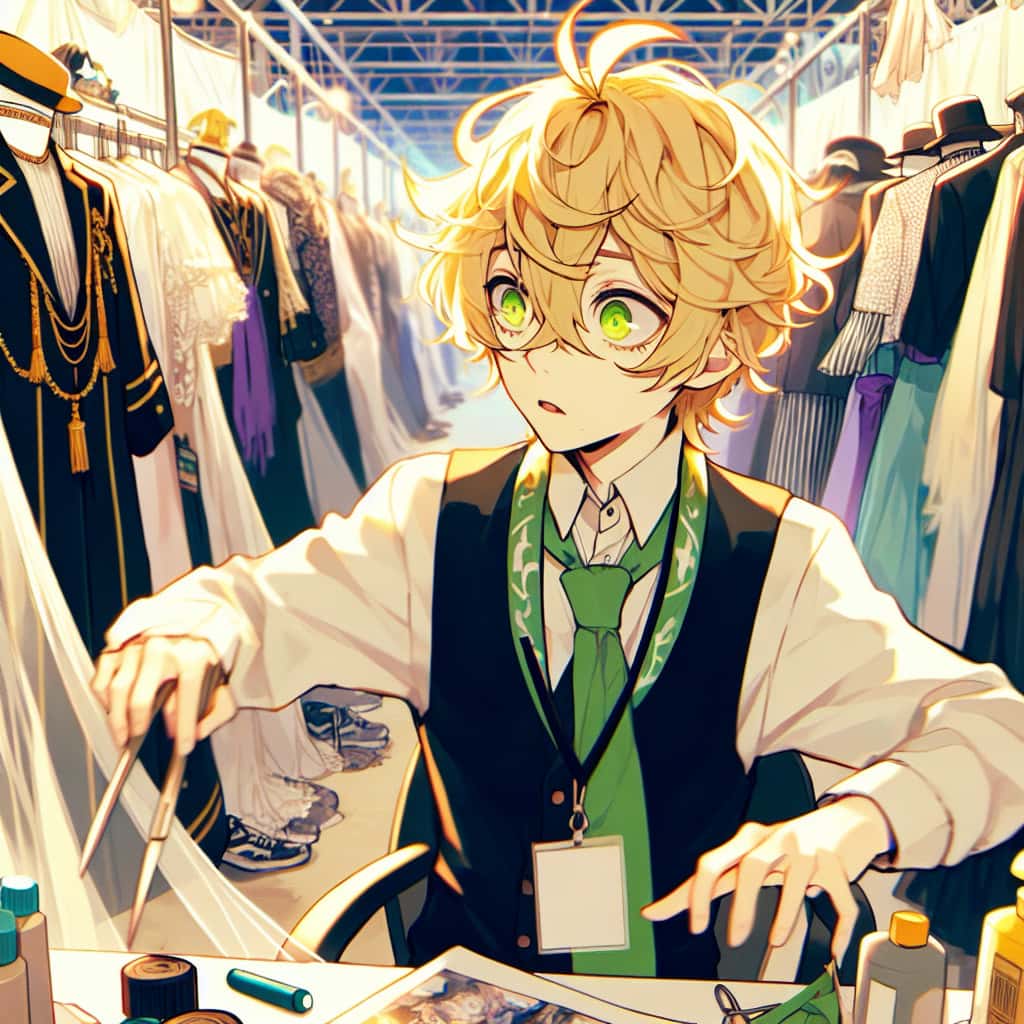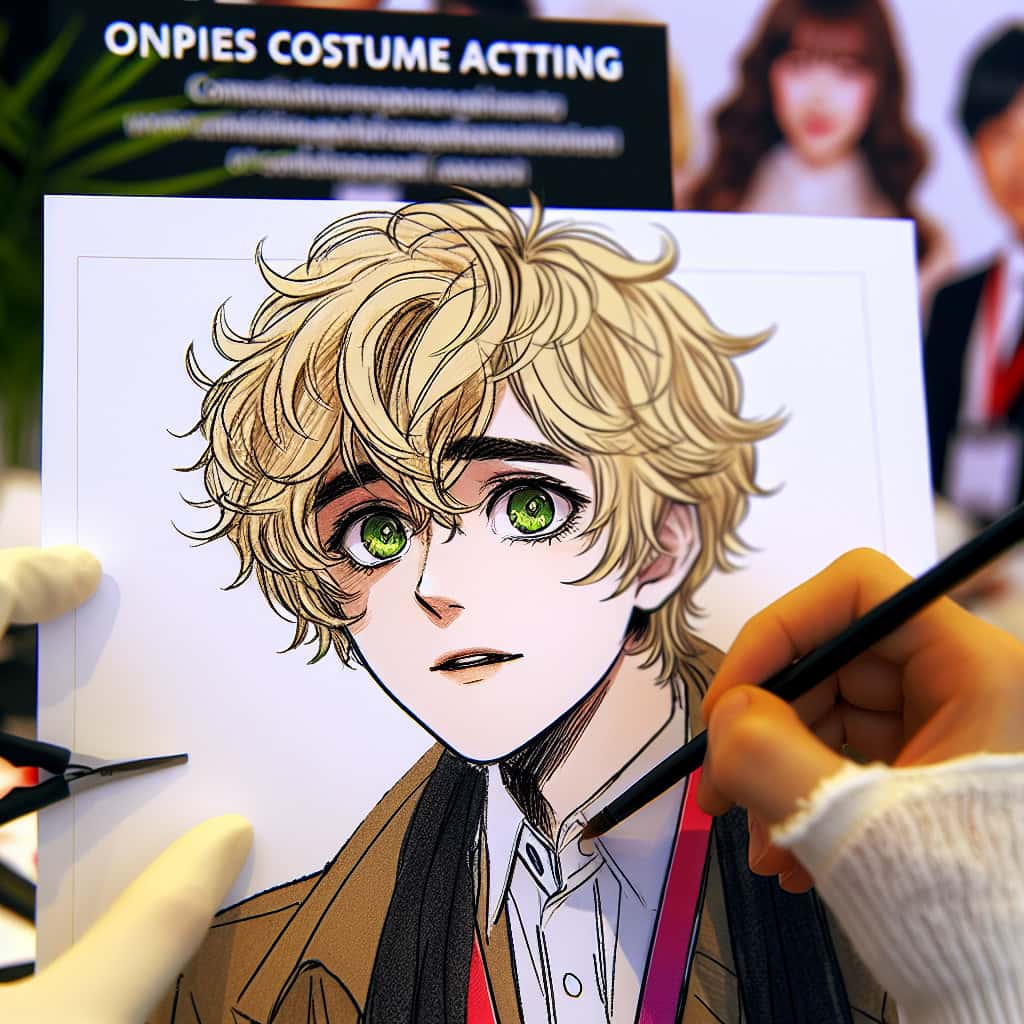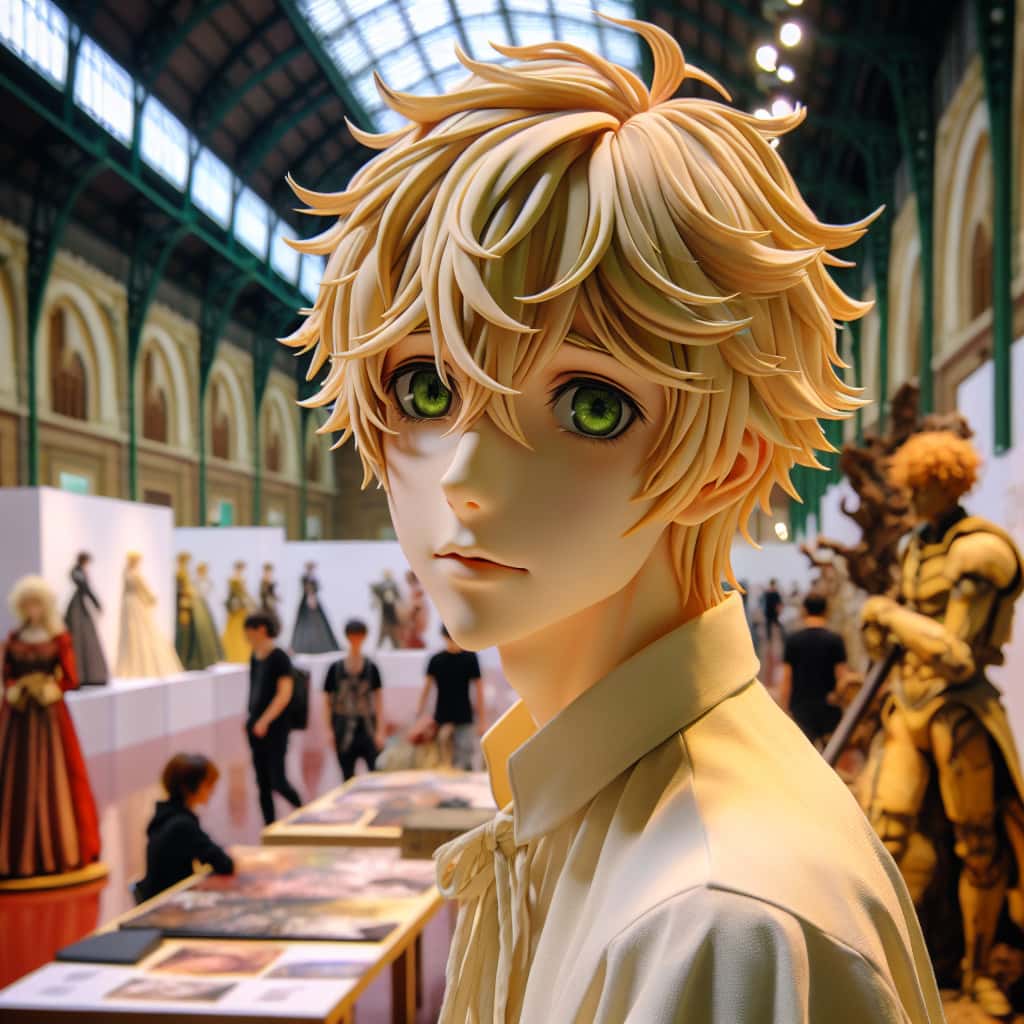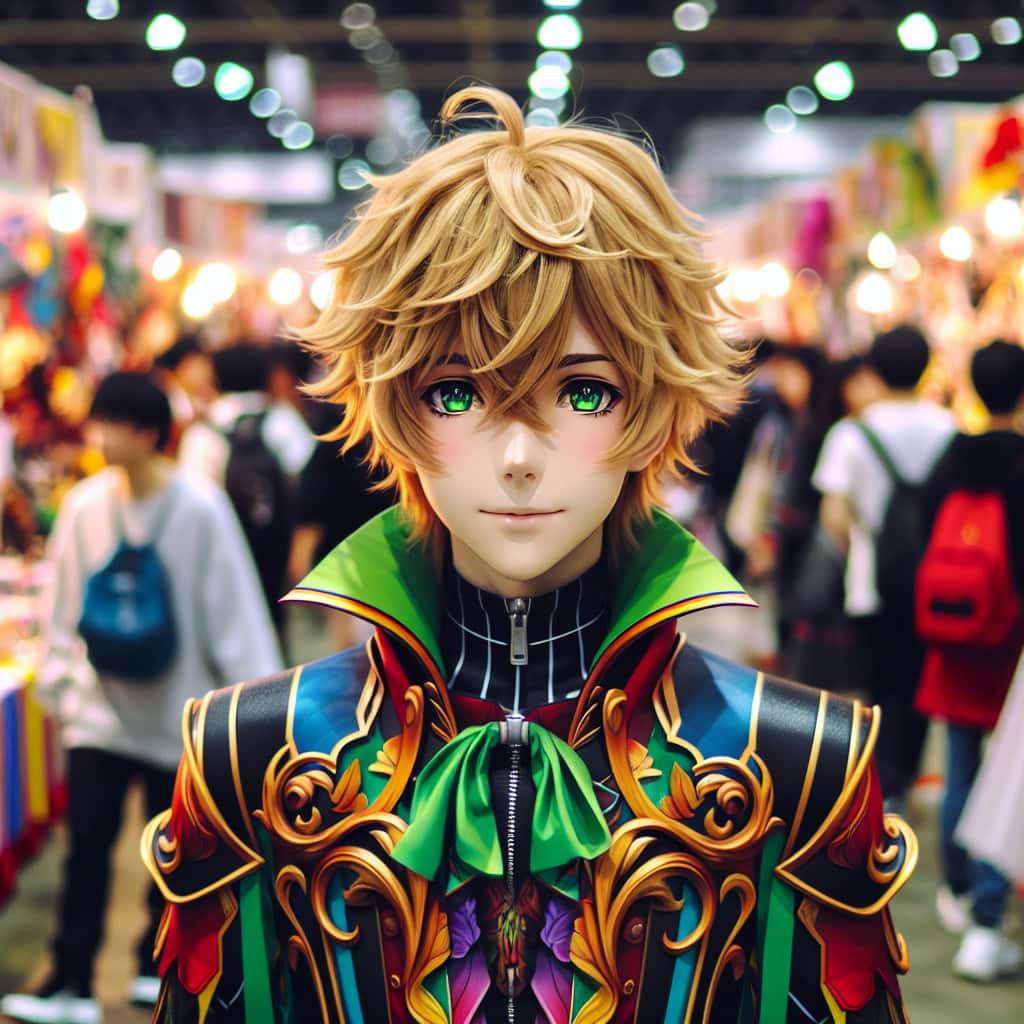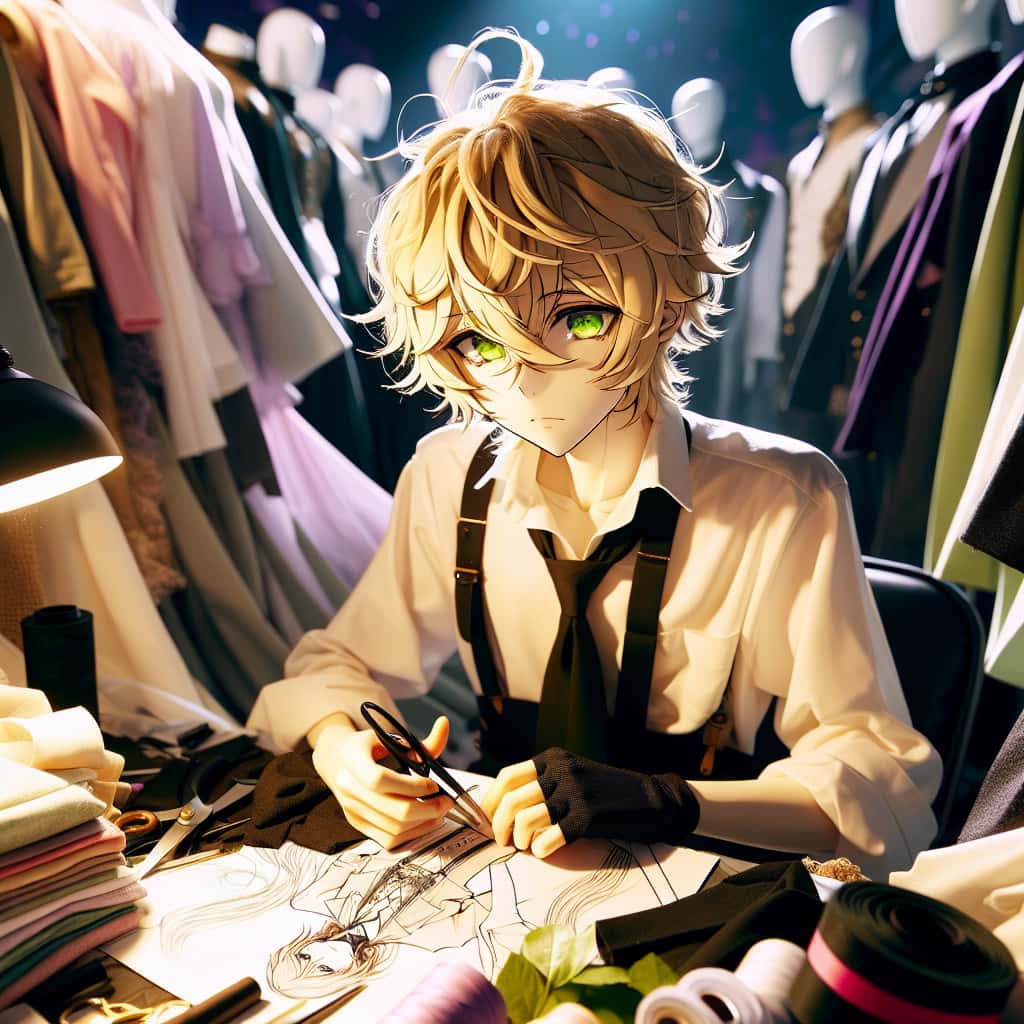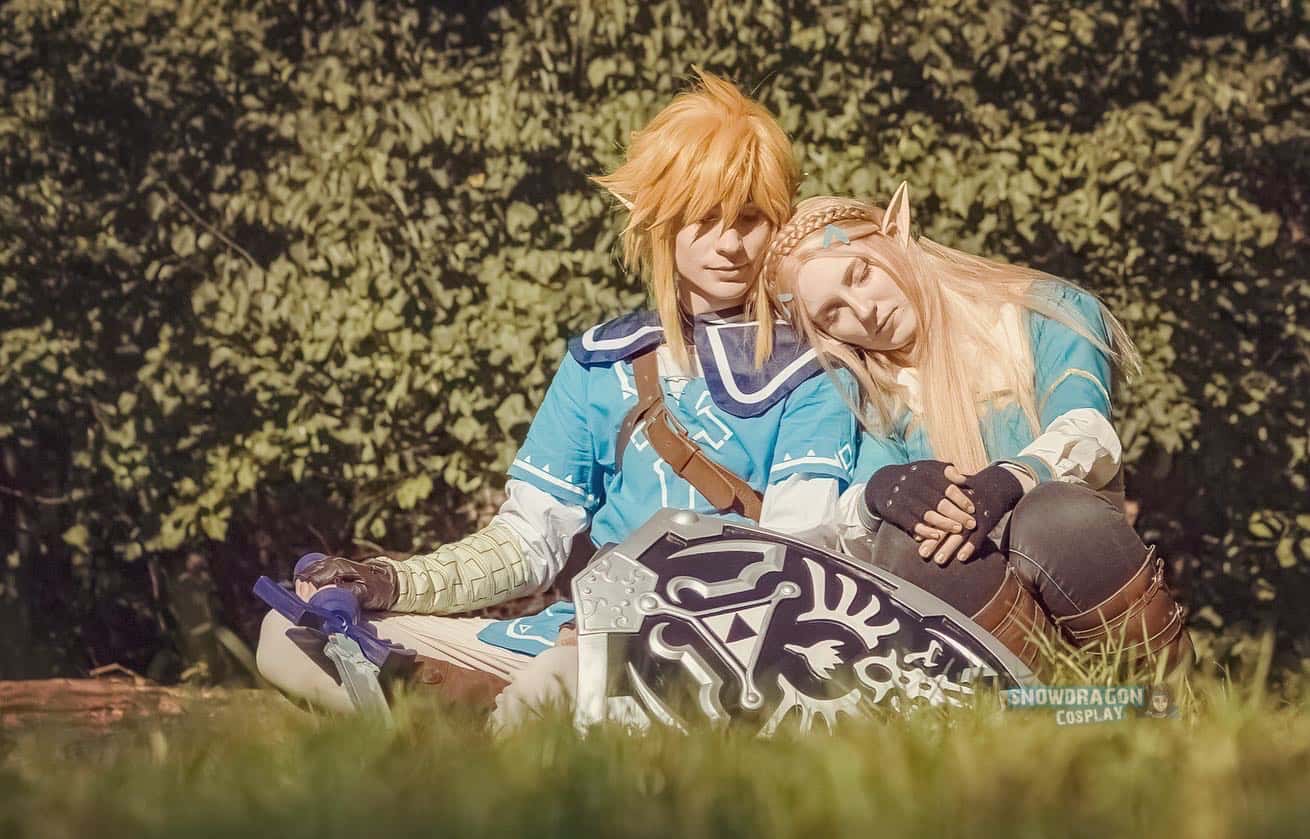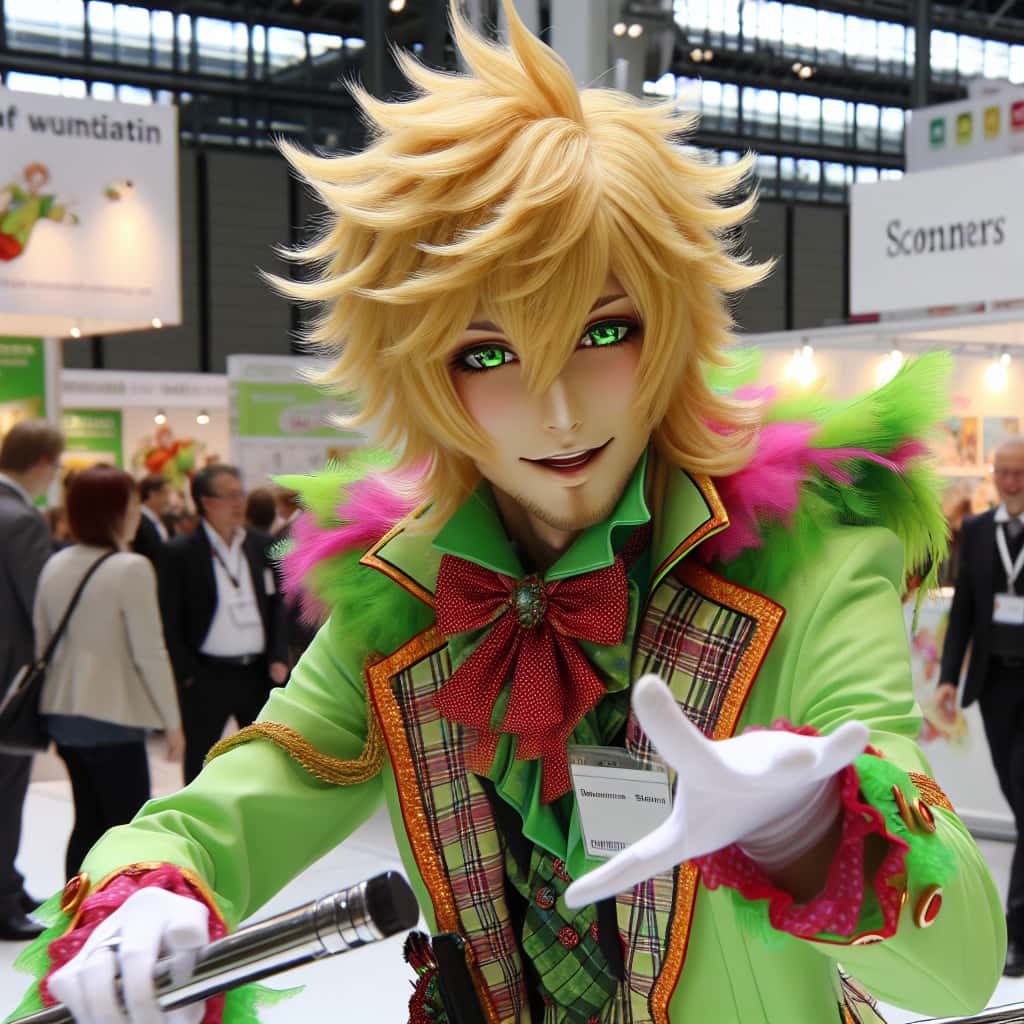https://images-wixmp-ed30a86b8c4ca887773594c2.wixmp.com/f/92252239-737c-41b2-a628-8f5a8b360eaa/d9nitfq-fc980f77-cbaa-4945-8c62-bc1b599101e8.jpg/v1/fill/w_900,h_675,q_75,strp/intergalactic_cocktail_party_costume_design_by_greyradian_d9nitfq-fullview.jpg?token=eyJ0eXAiOiJKV1QiLCJhbGciOiJIUzI1NiJ9.eyJzdWIiOiJ1cm46YXBwOjdlMGQxODg5ODIyNjQzNzNhNWYwZDQxNWVhMGQyNmUwIiwiaXNzIjoidXJuOmFwcDo3ZTBkMTg4OTgyMjY0MzczYTVmMGQ0MTVlYTBkMjZlMCIsIm9iaiI6W1t7ImhlaWdodCI6Ijw9Njc1IiwicGF0aCI6IlwvZlwvOTIyNTIyMzktNzM3Yy00MWIyLWE2MjgtOGY1YThiMzYwZWFhXC9kOW5pdGZxLWZjOTgwZjc3LWNiYWEtNDk0NS04YzYyLWJjMWI1OTkxMDFlOC5qcGciLCJ3aWR0aCI6Ijw9OTAwIn1dXSwiYXVkIjpbInVybjpzZXJ2aWNlOmltYWdlLm9wZXJhdGlvbnMiXX0.GYmhMzX0Qdq1XkiwGharvMSGSGAhmCFpj6G9r_kvvFA
[Sassy_Follow_Icons]
1. Evolution of Costume Design Throughout History
The evolution of costume design throughout history is a fascinating journey through time, filled with extravagant outfits and innovative designs. From the ancient civilizations of Egypt and Greece to the Renaissance and Victorian eras, costumes have played a crucial role in storytelling and cultural expression.
Key points:
- Costumes in ancient civilizations were often made from natural materials such as linen, wool, and silk.
- The Renaissance period saw a revival of classical styles, with elaborate gowns and doublets adorned with intricate embroidery.
- In the Victorian era, costumes became more structured and tailored, reflecting the strict social norms of the time.
- The 20th century brought about significant changes in costume design, with the rise of modernism and the influence of fashion designers on theatrical productions.
2. Key Elements to Consider in Theatrical Costume Design
Theatrical costume design is a complex art form that requires careful consideration of various elements to bring characters to life on stage. It involves not only creating visually appealing costumes but also understanding the character’s personality, historical context, and practicality for movement.
Key elements:
- Character analysis: Understanding the motivations, background, and personality traits of each character to inform their costume choices.
- Aesthetic vision: Developing a cohesive visual style that aligns with the overall production design while still capturing the essence of each character.
- Historical accuracy: Researching the time period or setting of the play to ensure costumes are authentic or appropriately stylized.
- Functionality: Designing costumes that allow actors to move freely and comfortably on stage while still maintaining the desired aesthetic.
- Budget constraints: Working within the allocated budget to source materials, create or modify garments, and collaborate with other production team members.
3. Influential 20th Century Costume Designers
The 20th century witnessed the emergence of several influential costume designers who revolutionized the field with their innovative designs and collaborations with renowned directors and actors. Their contributions not only shaped the aesthetics of film and theater but also paved the way for future generations of costume designers.
[publishpress_authors_box layout="ppma_boxes_890427"]
Edith Head
Edith Head was a legendary American costume designer known for her work in Hollywood during the mid-20th century. She collaborated with iconic directors such as Alfred Hitchcock and won eight Academy Awards for Best Costume Design throughout her career.
Sandy Powell
Sandy Powell is a British costume designer who has worked on numerous acclaimed films, including “Shakespeare in Love” and “The Aviator.” She is known for her meticulous attention to detail and ability to create visually stunning costumes that enhance character development.
Eiko Ishioka
Eiko Ishioka was a Japanese costume designer who made significant contributions to both film and theater. Her bold and imaginative designs earned her an Academy Award for her work on “Bram Stoker’s Dracula” and garnered critical acclaim throughout her career.
4. The Contribution of Costume Design to Character Development in Film and Theater
Costume design plays a crucial role in character development, helping actors embody their roles more fully and providing visual cues for the audience to understand the characters’ personalities, social status, and historical context.
Key contributions:
- Visual storytelling: Costumes can convey information about a character’s background, occupation, or social status without the need for explicit dialogue.
- Psychological insight: By collaborating with actors and directors, costume designers can create costumes that reflect the internal struggles and emotional journey of a character.
- Enhancing performance: Well-designed costumes can help actors physically transform into their characters, influencing their movements, posture, and overall presence on stage or screen.
- Cultural context: Costumes can accurately depict the time period or cultural milieu in which a story is set, adding authenticity and depth to the narrative.
5. The Role of Research in the Process of Costume Design
Research is an integral part of the costume design process as it provides valuable insights into historical periods, cultural traditions, and fashion trends. By conducting thorough research, costume designers can create authentic and visually compelling costumes that enhance the overall production.
The role of research includes:
- Historical accuracy: Understanding the clothing styles, fabrics, and accessories prevalent during a specific time period or culture to ensure costumes are believable and accurate.
- Social context: Researching societal norms, class distinctions, and gender roles helps inform costume choices that reflect the characters’ positions within their respective societies.
- Fashion influences: Studying fashion history and current trends allows designers to incorporate elements from different eras or contemporary styles to create unique and visually striking costumes.
- Mood and atmosphere: Researching art, literature, and other visual references can inspire the overall aesthetic and mood of the production, guiding costume design choices.
6. Influence of Cultural and Historical Contexts on Costume Design Choices
Cultural Influences
Cultural contexts play a significant role in shaping costume design choices. Different cultures have their own unique clothing traditions, aesthetics, and symbols that are deeply rooted in their history and beliefs. For example, in traditional Japanese theater, the costumes known as “kimonos” are used to represent different social classes and characters. The intricate patterns and colors of these kimonos convey specific meanings and help the audience understand the cultural context of the story being told. Similarly, in Indian dance forms like Bharatanatyam or Kathakali, elaborate costumes with vibrant colors and intricate jewelry are used to reflect the rich cultural heritage of these art forms.
Historical Influences
Historical contexts also greatly influence costume design choices. Costume designers must conduct thorough research to accurately depict specific time periods or events. For instance, when designing costumes for a production set in the Victorian era, attention to detail is crucial. The designer needs to consider factors such as the silhouette of garments, fabrics commonly used during that time period, and even social norms regarding fashion. By understanding historical influences on costume design choices, designers can create authentic and visually compelling costumes that enhance the overall storytelling experience.
Some examples of how cultural and historical contexts influence costume design choices:
– In Chinese opera, each color used in a costume has symbolic meaning. Red represents loyalty and bravery while black symbolizes fierceness.
– During the Elizabethan era in England, clothing was used as a way to display wealth and social status. Costume designers would incorporate luxurious fabrics like velvet or silk for noble characters.
– In African tribal ceremonies, costumes often feature bold patterns and vibrant colors that reflect the cultural identity of specific tribes.
7. Popular Trends and Styles in Contemporary Costume Design
In contemporary costume design, there are various popular trends and styles that reflect the current fashion and cultural landscape. These trends often emerge from the influence of popular culture, fashion runways, and societal shifts. Here are some examples:
Minimalism
Minimalism has been a prevailing trend in contemporary costume design. Clean lines, simple silhouettes, and neutral color palettes are often favored to create a modern and sophisticated look. This minimalist approach allows the focus to be on the character’s personality and actions rather than elaborate costumes.
Eco-Friendly Design
With increasing awareness about sustainability, eco-friendly costume design has gained popularity. Designers are opting for organic fabrics, recycled materials, and upcycling techniques to reduce waste and environmental impact. This trend aligns with the broader movement towards sustainable fashion in the industry.
List of popular trends and styles in contemporary costume design:
– Gender-fluid clothing: Costumes that challenge traditional gender norms by incorporating elements from both masculine and feminine styles.
– Retro revival: Incorporating vintage or retro-inspired designs into contemporary costumes.
– Streetwear influence: Incorporating elements of streetwear fashion such as hoodies, sneakers, or graphic prints into costume designs for a more urban aesthetic.
– Futuristic designs: Creating costumes that envision futuristic worlds with innovative materials, technology integration, and unconventional silhouettes.
These popular trends in contemporary costume design not only reflect current fashion preferences but also help create visually striking characters that resonate with modern audiences.
(Note: The number of paragraphs can vary depending on how much information you want to provide for each subheading.)
8. Understanding the Difference Between Period Costumes and Contemporary Costumes
Definition of Period Costumes
Period costumes refer to clothing and accessories that are designed to accurately represent a specific historical era. These costumes are meticulously researched and crafted to reflect the fashion, materials, and construction techniques of the time period being depicted. They require extensive knowledge of historical clothing and often involve intricate details such as corsets, hoop skirts, or elaborate headpieces.
Definition of Contemporary Costumes
On the other hand, contemporary costumes are designed for productions set in the present day or a recent time period. They aim to reflect current fashion trends and styles while also considering the characters’ personalities, occupations, and socio-economic backgrounds. Unlike period costumes, contemporary costumes do not require historical research but instead rely on an understanding of modern-day clothing brands, trends, and cultural influences.
Differences between Period Costumes and Contemporary Costumes:
– Historical Accuracy: Period costumes strive for accuracy in portraying a specific time period’s fashion trends, while contemporary costumes focus on reflecting current fashion styles.
– Research Requirements: Creating accurate period costumes requires extensive research into historical clothing, whereas designing contemporary costumes relies more on knowledge of current fashion trends.
– Construction Techniques: Period costumes often involve complex construction techniques that are no longer commonly used today, such as boning in corsets or hand-sewn embellishments. Contemporary costumes typically use modern sewing techniques and materials.
– Cultural Context: Period costumes consider the social norms and cultural influences of a specific historical era, while contemporary costumes reflect current societal norms and cultural references.
Overall, understanding the difference between period costumes and contemporary costumes is crucial for costume designers to effectively bring characters to life in both historical and modern settings.
9. Collaboration between Costume Designers, Directors, Actors, and Production Team Members
The Role of Costume Designers
Costume designers play a crucial role in the collaborative process of creating a production. They work closely with directors, actors, and other members of the production team to visually bring characters to life through clothing and accessories. Costume designers are responsible for researching, designing, sourcing, and overseeing the creation of costumes that accurately represent each character’s personality, story arc, and the overall vision of the production.
Collaboration with Directors
Costume designers collaborate closely with directors to understand their artistic vision for the production. They discuss character development, themes, and visual aesthetics to ensure that the costumes align with the director’s vision. This collaboration involves regular meetings and discussions throughout pre-production and rehearsals.
Collaboration with Actors
Costume designers work collaboratively with actors to create costumes that enhance their performances. They consider factors such as movement, comfort, and character portrayal when designing costumes. Costume fittings allow actors to provide feedback on how they feel in the costumes and make necessary adjustments or alterations.
Collaboration with Production Team Members
Costume designers also collaborate with various members of the production team, including set designers, lighting designers, hair and makeup artists, and prop masters. This collaboration ensures that all elements of the production work harmoniously together to create a cohesive visual experience for audiences.
Effective collaboration between costume designers, directors, actors, and other production team members is essential for a successful production as it ensures that all aspects of storytelling are unified and visually compelling.
10. Challenges Faced by Costume Designers During the Production Process
Budget Constraints
One significant challenge faced by costume designers is working within limited budgets. Productions often have financial constraints that require costume designers to be resourceful in finding affordable materials or repurposing existing costumes. They must strike a balance between creating visually stunning costumes while staying within budgetary limitations.
Time Constraints
Costume designers often face tight deadlines during the production process, especially when working on theater productions or film sets with demanding shooting schedules. They need to design, source materials, and oversee costume construction within a limited timeframe. Time management skills are crucial to ensure that costumes are completed on time and ready for fittings and rehearsals.
Collaboration Challenges
While collaboration is essential, it can also present challenges for costume designers. Differing artistic visions or conflicting opinions among directors, actors, and other team members may require compromise or negotiation to reach a consensus. Costume designers must navigate these challenges diplomatically while still maintaining their creative integrity.
Technical Considerations
Costume designers need to consider technical aspects such as durability, flexibility, and ease of movement when designing costumes. They must ensure that the costumes can withstand the demands of performances or filming while allowing actors to move comfortably and safely on stage or set.
Overcoming these challenges requires adaptability, problem-solving skills, effective communication, and a deep understanding of both the artistic and practical aspects of costume design.
11. Ethical Considerations in Costume Design for Certain Characters or Productions
Cultural Appropriation
One ethical consideration in costume design is avoiding cultural appropriation. Costume designers need to be mindful of using elements from cultures that they do not belong to without proper respect or understanding. They should research cultural significance and consult with experts when incorporating specific cultural elements into costumes.
Examples:
– Avoiding stereotypical representations of cultures through costumes.
– Appropriately crediting and compensating artisans or communities whose traditional craftsmanship is utilized in costume designs.
– Seeking permission from indigenous communities when using traditional designs or symbols in costumes.
Sensitivity towards Marginalized Communities
Costume designers must be sensitive to representations of characters from marginalized communities. This involves avoiding stereotypes or offensive portrayals that perpetuate harmful narratives. Consulting with individuals from those communities or hiring cultural consultants can help ensure accurate and respectful costume designs.
Examples:
– Avoiding caricature-like costumes that reinforce harmful stereotypes.
– Ensuring diverse representation in the design process, including hiring costume designers from marginalized backgrounds.
– Engaging in open dialogue and actively listening to feedback from community members regarding costume designs.
Sustainability and Environmental Impact
In recent years, there has been a growing emphasis on sustainability in all areas of design, including costume design. Costume designers can make ethical choices by considering the environmental impact of their materials and production processes. Using recycled or upcycled materials, minimizing waste, and choosing sustainable fabrics are some ways to promote eco-consciousness in costume design.
Examples:
– Opting for organic or biodegradable fabrics instead of synthetic materials.
– Repurposing existing costumes or using vintage clothing to reduce waste.
– Implementing efficient production techniques that minimize energy consumption.
By incorporating these ethical considerations into their work, costume designers can contribute to a more inclusive, respectful, and sustainable industry.
12. Impact of Technology on the Field of Costume Design Over Time
Digital Design Tools
Advancements in technology have significantly impacted the field of costume design. Digital design tools such as computer-aided design (CAD) software allow costume designers to create detailed digital sketches, experiment with different color palettes, and even simulate fabric draping without physically creating each garment. This streamlines the design process and enables quick revisions.
Benefits:
– Increased efficiency in creating multiple iterations of designs.
– Easy sharing and collaboration with other team members.
– Visualization of costumes in 3D, enhancing accuracy and realism.
Virtual Fitting and Costume Visualization
Virtual fitting technology has revolutionized the way costume designers work. Instead of physically trying on costumes or relying solely on measurements, actors can now be scanned to create virtual avatars that accurately represent their body shape and size. Costume designers can then digitally fit costumes onto these avatars, allowing for more precise fittings and adjustments before creating physical garments.
Benefits:
– Reduces the need for multiple physical fittings, saving time and resources.
– Enables designers to visualize how costumes will look on actors without the need for physical prototypes.
– Facilitates remote collaboration between costume designers and actors.
Special Effects and Digital Enhancement
Technology has also opened up new possibilities for incorporating special effects into costumes. LED lights, fiber optics, projection mapping, and other digital enhancements can transform costumes into dynamic visual elements that enhance storytelling. These effects can create illusions, change colors or patterns, or even display moving images on the surface of the costume.
Benefits:
– Enhances visual impact and creates immersive experiences.
– Allows for real-time changes in lighting or effects during performances.
– Provides opportunities for innovative storytelling through interactive or responsive costumes.
The integration of technology into costume design has expanded creative possibilities while improving efficiency and precision in the design process.
13. Relationship Between Fashion Design and Costume Design
Different Objectives
While fashion design and costume design share similarities in terms of clothing creation, they have distinct objectives. Fashion design focuses on creating clothing lines for everyday wear that reflect current trends, personal style, or brand aesthetics. On the other hand, costume design is specifically tailored to characters within theatrical productions or films to visually convey their personalities, roles, historical context, or narrative.
Examples:
– A fashion designer may create a collection of dresses for a summer line, while a costume designer would design period costumes for characters in a historical play.
– Fashion designers prioritize mass production and commercial viability, whereas costume designers focus on creating unique pieces that serve the needs of individual characters.
Collaboration and Cross-Influences
Despite their differences, there is an undeniable relationship between fashion design and costume design. Fashion trends and styles often influence costume designs, especially in contemporary productions. Costume designers may draw inspiration from current fashion collections or collaborate with fashion designers to create costumes that reflect specific eras or cultural influences.
Examples:
– Costume designers collaborating with luxury fashion brands to create custom costumes for films or theater productions.
– Incorporating elements from high fashion runway shows into contemporary character costumes.
– Adapting historical fashion trends into modern interpretations for period dramas.
Similarly, costume designs can also influence the world of fashion. Iconic costumes from film or theater history have been known to inspire fashion trends or become iconic in their own right.
The relationship between fashion design and costume design is dynamic and mutually beneficial, with each field influencing and drawing inspiration from the other.
14. Famous Examples of Iconic Costumes in Film and Theater History
Dorothy’s Ruby Slippers – “The Wizard of Oz” (1939)
One of the most iconic costumes in film history is Dorothy’s ruby slippers from “The Wizard of Oz.” These sparkling red shoes became synonymous with the character and are instantly recognizable worldwide. The slippers were originally silver in L. Frank Baum’s novel but were changed to ruby red for the Technicolor film adaptation.
Holly Golightly’s Little Black Dress – “Breakfast at Tiffany’s” (1961)
Audrey Hepburn’s portrayal of Holly Golightly in “Breakfast at Tiffany’s” popularized the little black dress as a timeless fashion staple. Designed by Hubert de Givenchy, the simple yet elegant black dress became an iconic symbol of sophistication and remains influential in fashion to this day.
Superman’s Costume – “Superman” (1978)
The blue and red superhero costume worn by Christopher Reeve in the 1978 film “Superman” has become an enduring symbol of the character. The iconic “S” logo on the chest, paired with the cape and form-fitting design, has been replicated in various adaptations of Superman throughout film, television, and comics.
The Phantom’s Mask – “The Phantom of the Opera” (1986)
The half-mask worn by the Phantom in Andrew Lloyd Webber’s musical adaptation of “The Phantom of the Opera” has become an iconic symbol associated with the character. The mask represents both mystery and tragedy, perfectly capturing the essence of this complex character.
Impact:
These iconic costumes have transcended their respective productions to become cultural symbols that continue to inspire fashion trends, influence popular culture, and hold a special place in film and theater history. They showcase how costume design can create lasting visual impressions that contribute to a production’s overall impact.
In conclusion, costume design plays a crucial role in bringing characters to life and enhancing the overall experience of any event or performance. Whether you’re looking to stand out at a cosplay convention or need an eye-catching outfit for a themed party, our cosplay services are here to help. So why not check them out and let us bring your imagination to reality? Let’s create something amazing together!
https://images-wixmp-ed30a86b8c4ca887773594c2.wixmp.com/f/75d01943-d224-4f71-a691-fbc86630d056/d1kzrnn-395f1949-0134-45a3-bfa0-c397c649b44a.jpg?token=eyJ0eXAiOiJKV1QiLCJhbGciOiJIUzI1NiJ9.eyJzdWIiOiJ1cm46YXBwOjdlMGQxODg5ODIyNjQzNzNhNWYwZDQxNWVhMGQyNmUwIiwiaXNzIjoidXJuOmFwcDo3ZTBkMTg4OTgyMjY0MzczYTVmMGQ0MTVlYTBkMjZlMCIsIm9iaiI6W1t7InBhdGgiOiJcL2ZcLzc1ZDAxOTQzLWQyMjQtNGY3MS1hNjkxLWZiYzg2NjMwZDA1NlwvZDFrenJubi0zOTVmMTk0OS0wMTM0LTQ1YTMtYmZhMC1jMzk3YzY0OWI0NGEuanBnIn1dXSwiYXVkIjpbInVybjpzZXJ2aWNlOmZpbGUuZG93bmxvYWQiXX0.fLrIOdbcFzFvPleFZ-_McDwCwj2yKeZCTbLXuWHl8AI



